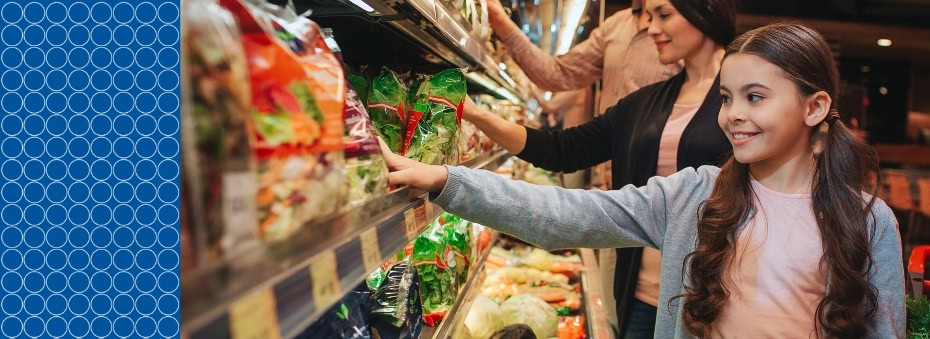Whether it’s cheese, meat and fish products, or ready-to-eat foods, Listeria can enter the production process through contaminated raw materials, equipment, or personnel. It is particularly insidious because it survives at low temperatures, hides in production lines, and forms biofilms that are difficult to remove, posing a constant threat to food safety.
High-risk foods: focus on RTE
Ready-to-eat (RTE) foods such as smoked fish, salads, raw milk cheeses, and pre-cut fruits and vegetables are particularly vulnerable: they are consumed without further heat treatment, making rigorous microbiological control essential.
Why is Listeria so dangerous?
Listeria monocytogenes not only resists refrigeration but can also grow under cold conditions. It is especially dangerous for pregnant women, the elderly, and immunocompromised individuals, causing severe infections or listeriosis.
Listeria monocytogenes – key characteristics
-
Growth temperature: from -0.4 °C
-
Tolerated pH: from 4.6 to 9.5
-
Salt resistance: up to 20%
-
Water activity: growth possible even at aW < 0.90
-
Biofilm: forms persistent, sanitation-resistant structures
Even other Listeria species, while not pathogenic, act as warning signals: they indicate hygiene deficiencies and potential precursors of more serious contamination.
Common sources of contamination
-
Raw materials (e.g., meat, fish, vegetables)
-
Equipment, surfaces, and drains in the production environment
-
Poor personal hygiene and cleaning practices
-
Biofilms in cold rooms and processing facilities
The importance of regular testing
Microbiological testing is essential to:
-
Ensure food safety: detect L. monocytogenes and Listeria spp. at an early stage
-
Pass audits and inspections: rely on validated, regulation-compliant methods
-
Trace contamination: enable timely corrective actions
-
Assess hygiene: the presence of Listeria spp. indicates critical hygiene issues
Modern diagnostics: the efficiency of Real-Time PCR
Traditional culture methods require several days. Real-Time PCR, on the other hand, allows for rapid and accurate detection, delivering results within just a few hours (after the enrichment phase). This enables faster decision-making for batch release and quality control.
SureFast® Listeria 3plex ONE – Key Advantages
-
High sensitivity and specificity
-
Simultaneous detection of L. monocytogenes and Listeria spp. in a single workflow
-
Faster response in case of contamination
-
Reproducible and standardized results
-
Ideal for routine testing, hygiene monitoring, and product release
R-Biopharm: your partner against Listeria
We offer reliable, certified analytical solutions, including the SureFast® Listeria 3plex ONE kit, validated according to ISO 16140-2 and approved by AOAC and MicroVal. It can be easily integrated into internal laboratories or in collaboration with external labs.
The added value of R-Biopharm
-
Technical training
-
Online and on-site support
-
Compatibility with existing laboratory equipment
To learn more, visit dedicated page on SureFast® Listeria 3plex ONE.
by R-Biopharm


